

At the primary stage of building plants, CCEWOOL already began to invest in Italian imported production equipment of international production standards. The stone wool production line has 6 t/h in capacity; surfaces can be overlaid with paper, glass fabric, or aluminum foil. All the raw materials adopt fully automatic batching equipment. Products are produced in accordance with EU EG standards by an advanced four-roller centrifuge to form high-speed centrifugal fiber. Products are then packaged by automatic heat-shrink packaging machines with the use of heat-shrink film that has good penetration resistance and shrinkage. Every step of production has reached the standard of an international top brand in the stone wool field.
CCEWOOL stone wool takes high-quality natural stones, such as basalt and dolomite, as the main raw materials. The raw materials are melted in the cupola at a high temperature of about 1500 °C and then centrifuged into fibers at a high speed by a four-roll centrifuge. Meanwhile, a small amount of phenol resin with water repellent and emulsified oil is sprayed at the surface of the fabric. Under the action of negative pressure air, the newly formed stone wool fibers are quickly accumulated into felt. Through pendulum, pleating, pressurizing, and curing, the felt is processed into stone wool boards, stone wool felt or stone wool shell, etc. according to the requirement of customers.
CCEWOOL stone wool is free of asbestos and environmentally harmful substances, such as CFCs, HCFCs and HFCs, during the production process; thus, CCEWOOL stone wool does not have detrimental effects on human health, nor does it increase the risk of cancer.
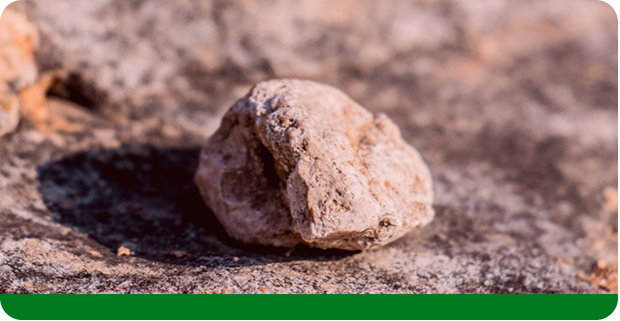
Produced with high quality natural stone - basalt.
Using advanced mining equipment to select high-quality ore, prevent the entry of impurities, and ensure the sustainability of stone wool.
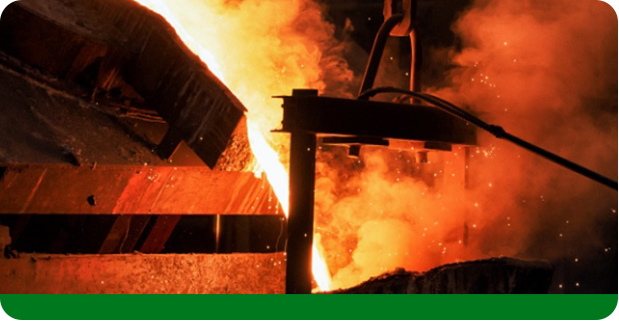
1500℃ high temperature melt the raw materials thoroughly.
Melt raw materials in cupolas at a high temperature of about 1500 °C and reduce its content of the slag ball to help maintain its low thermal conductivity at a high temperature.
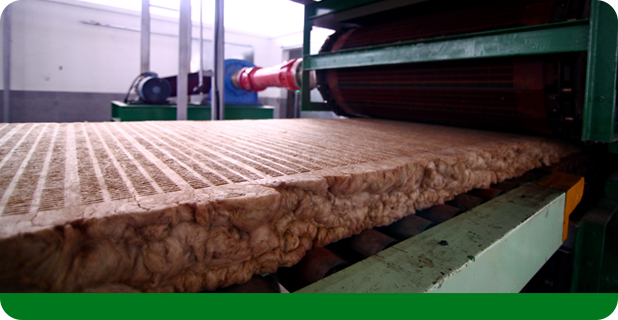
Using four-roller high speed spinner to produce fibers, greatly reduced shot content.
The melt is centrifugated into fibers by a four-roller centrifuge. The softening point of the fiber is 900-1000 °C. With special formula and mature production techniques, the fibers can remain unchanged at 650 °C for a long time, and their high temperature resistance will be enhanced.

 CCEWOOL high-quality stone wool selects top natural stones as the raw
materials, of which Basal, one of the most abundant resources on earth, takes up
over 80%.
CCEWOOL high-quality stone wool selects top natural stones as the raw
materials, of which Basal, one of the most abundant resources on earth, takes up
over 80%.
CCEWOOL stone wool is not only renewable and sustainable, but also is outstanding in energy conservation of industrial cupolas. It is estimated that the use of every m3 of stone wool as insulation material in industrial thermal facilities can save energy up to 2500 kcal/hour, equivalent to three tons of standard coal every year. Also, at least one ton of petroleum can be saved by using one ton of stone wool insulation in buildings.
In addition, its great durability in fire protection and insulation can provide lifelong protection for buildings and for people from noise and fire.
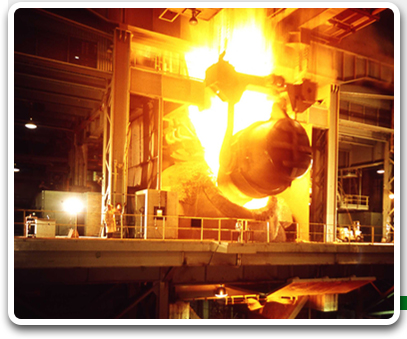
CCEWOOL high-quality stone wool fibers have a softening point of 900-1000 °C. By using special formula and mature production techniques, they will not change at 650 °C for a long time. Moreover, although the fibers will shrink at a high temperature, their special fiber structure can still ensure the thickness of insulation under the condition of mechanical vibration; therefore, the surface of the thermal equipment does not have hot spots or super-temperature on the surface, which avoids insulation failures, effectively reduces the direct costs of downtime maintenance, and increases production efficiency. However, when low-quality stone wool’s working temperature exceeds 650 °C, the cooling process is getting slow, which causes the internal structural transformation density to decrease from 3.28 to 2.97 and the volume to expand by about 10%, leading the low-quality stone wool to be powdered and disintegrated.
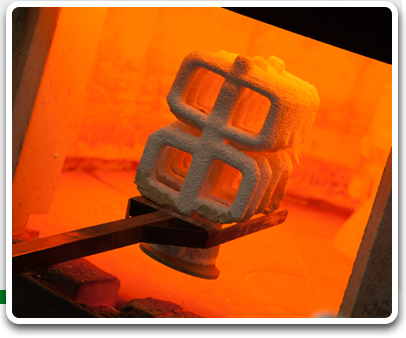
The thermal conductivity of CCEWOOL high-quality stone wool does not vary with time. The uniformity of microporous structure and the content with extremely low slag keep its thermal conductivity low at high temperatures. Its superior thermal insulation performance can protect the highly heat-concentrated parts of equipment, which can reduce the thickness of the insulation layer while reaching the same energy efficiency; and thereby further reducing production and operation costs. Reversely, the thermal conductivity of low-quality stone wool does not vary with density, while the thermal resistance is proportional to its thickness. Therefore, it can be seen the compression caused by the load, the compression creep under the long-term load, and the sinking under the long-term use will cause decreases in thermal resistance.
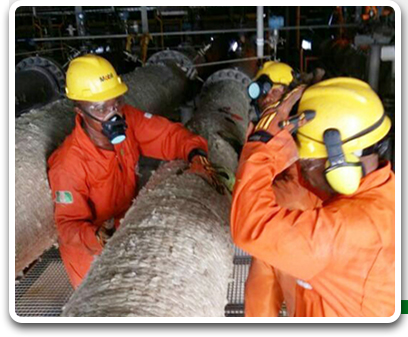
CCEWOOL high-quality stone wool is made from superior raw materials and formula, which can effectively prevent the entry of harmful ions, such as corrosive sulfur and chlorine. As its pH value is strictly controlled between 7.0-10.5, and it is free from corrosive ions, such as fluorine and chlorine, there is no corrosion to metal equipment, pipelines, etc., which can greatly reduce the cost of post-maintenance and the loss caused by downtime.
One of the main functions of blast furnaces in smelting is desulfurization to prevent brittleness of iron. The removed sulphur remains in the blast furnace slag in the form of CaS and then enters low-quality stone wool, which takes up about 5%. In a high humid environment, CaS will decompose into Ca(OH)2 and H2S when exposed to water. Ca(OH)2 makes water alkaline and reduces the water resistance of low-quality stone wool. Moreover, H2S gas can be dissolved in water to form hydrogen sulphric acid, which will corrode when in contact with metal.
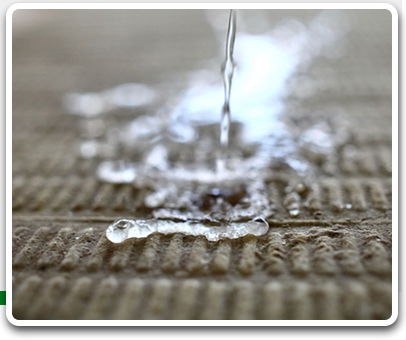
CCEWOOL high-quality stone wool crystallization zone is CS-C2AS-C2S (wollastonite-aluminum stellite-alkaline feldspar), which does not have hydraulic characteristics, and it shows little change when in contact with water, so it has great water resistance. At the same time, with German-imported water repellent, this unique production process leads to stone wool’s excellent water repellency rate at over 99%. However, the low-quality stone wool crystallization zone is CS-C2AS-CAS2 (wollastonite-aluminum stellite-dicalcium silicate). The hydrated reaction of silicate hydrate with water during the production process can result in the degradation of low-quality stone wool fibers’ stability in humidity and their greatly shortened service life cycle.
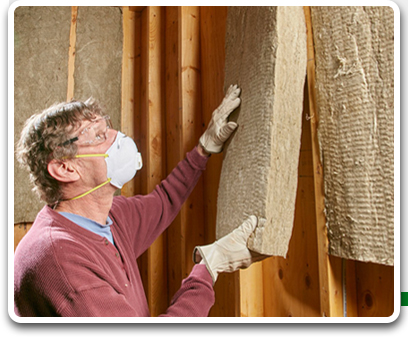
CCEWOOL high-quality stone wool is made from superior raw materials and formula, so the fiber distribution is more even, and the surface of products is porous. The internal high porosity makes our products a great porous sound absorbing material. The sound absorption performance is stable, which produces excellent effects. In the case of achieving the same sound absorption effects, the thickness of the insulation layer can be effectively reduced; thereby, the production and operation costs can be reduced, too. Our products are ideal for sound insulation in the construction sector or industrial plants and equipment. Reversely, the sound absorption and insulation effects of low-quality stone wool often require it to be hollow, punched, and its density to be reduced, which will significantly degrade the strength of low-quality stone wool, resulting in breakage during lifting.

CCEWOOL high-quality stone wool is a sustainable product. It selects top natural stones as raw materials, which is a sustainable natural resource. CCEWOOL stone wool itself is produced by sustainable resources through sustainable production; thus, CCEWOOL stone wool is a sustainable product because of its excellent durability and stability. Low-quality stone wool is an inorganic fiber made from industrial slag, such as blast furnace slag, phosphate slag, fly ash, etc. through re-melting and fibrillating. In view of raw materials, low-quality stone wool is not sustainable, and the cost of use will increase greatly. The acidity coefficient of low-quality stone wool is about 1.2, almost unable to surpass 1.3; therefore, it will take two to five years to be powdered. If it is used on the exterior walls, the walls will start to drum up after several years, and then crack and fall off.
CCEWOOL Thermomax Inc. T: +(1)7047402348 E: rockwool@ccewool.com Add: 15720 Brixham Hill Avenue, Floor 3, Charlotte, N.C. 28277
Tel:+86-533-7986860 Fax:+86-533-6077229 service@ccewool.com
Zibo Double Egret Thermal Insulation Co.,Ltd Add: Minying Industrial Park Development Zone Zibo Shandong China,255000


SitemapCopyright ©CCEWOOL. All rights reserved.CNZZTechnical Support:NSW
Tel